A Close Look At Zoot’s Wiki Wiki 2.0
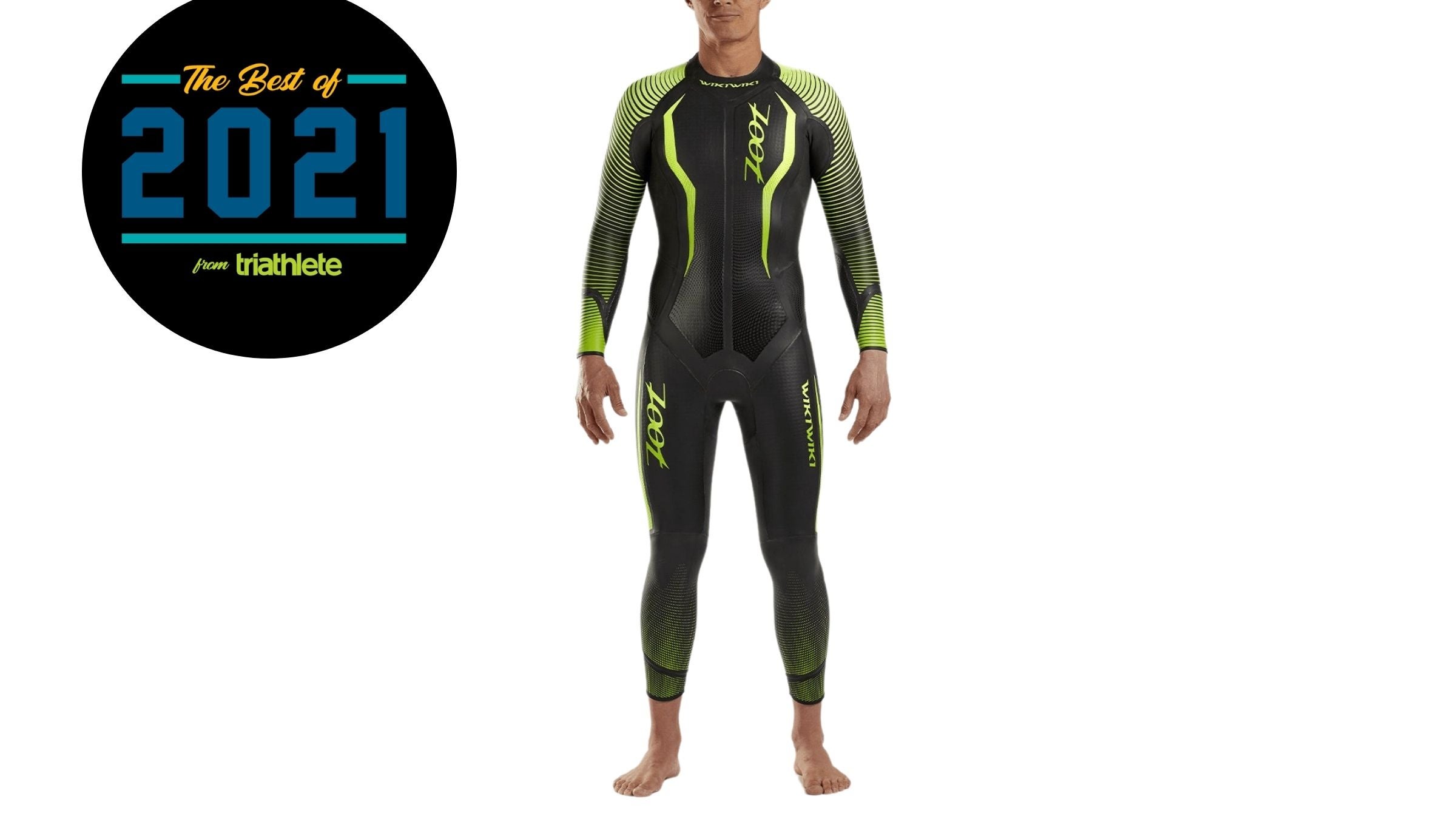
Back in 2020, Zoot’s Wiki Wiki was one of our wetsuit tester’s favorite picks from the high-end category of tri neoprene. This year, Zoot made some big improvements to the suit that have placed the Wiki Wiki 2.0 in a singular spot for swimming wetsuits when it comes to flexibility. Though it’s not cheap, this is one of the rare “premium” items that isn’t about marginal gains, but instead makes a big leap from the midrange price point with tangible differences in quality and tech.
RELATED: Triathlete’s Best of 2021 Awards: Best New Wetsuit
The Basics
First, to get the elephant out of the room: Zoot’s Wiki Wiki 2.0 is an expensive wetsuit—one in the realm of Roka’s Maverick X2, Blueseventy’s Helix, Orca’s Predator, or even Deboer’s insane Fjord 2.0 (that runs $1,600). There are reasons for the spit-take-inducing $800 price tag, however. The Wiki Wiki 2.0 uses at least five different types of neoprene or neoprene modifications, between the costly Yamamoto SCS Nano Aerodome rubber on the front, the Nano #40 and #39 elsewhere, and the FLEXskin 0.3 mm Yamamoto MarkIII on the shoulders and arms. There are seven different neoprene thicknesses on this suit—all meant to serve various specific duties. It’s not cheap to source this many types of material, and it’s tough to bond them all together successfully. Much of what you see on the Wiki Wiki 2.0 doesn’t exist in other wetsuits, and that comes at a cost.
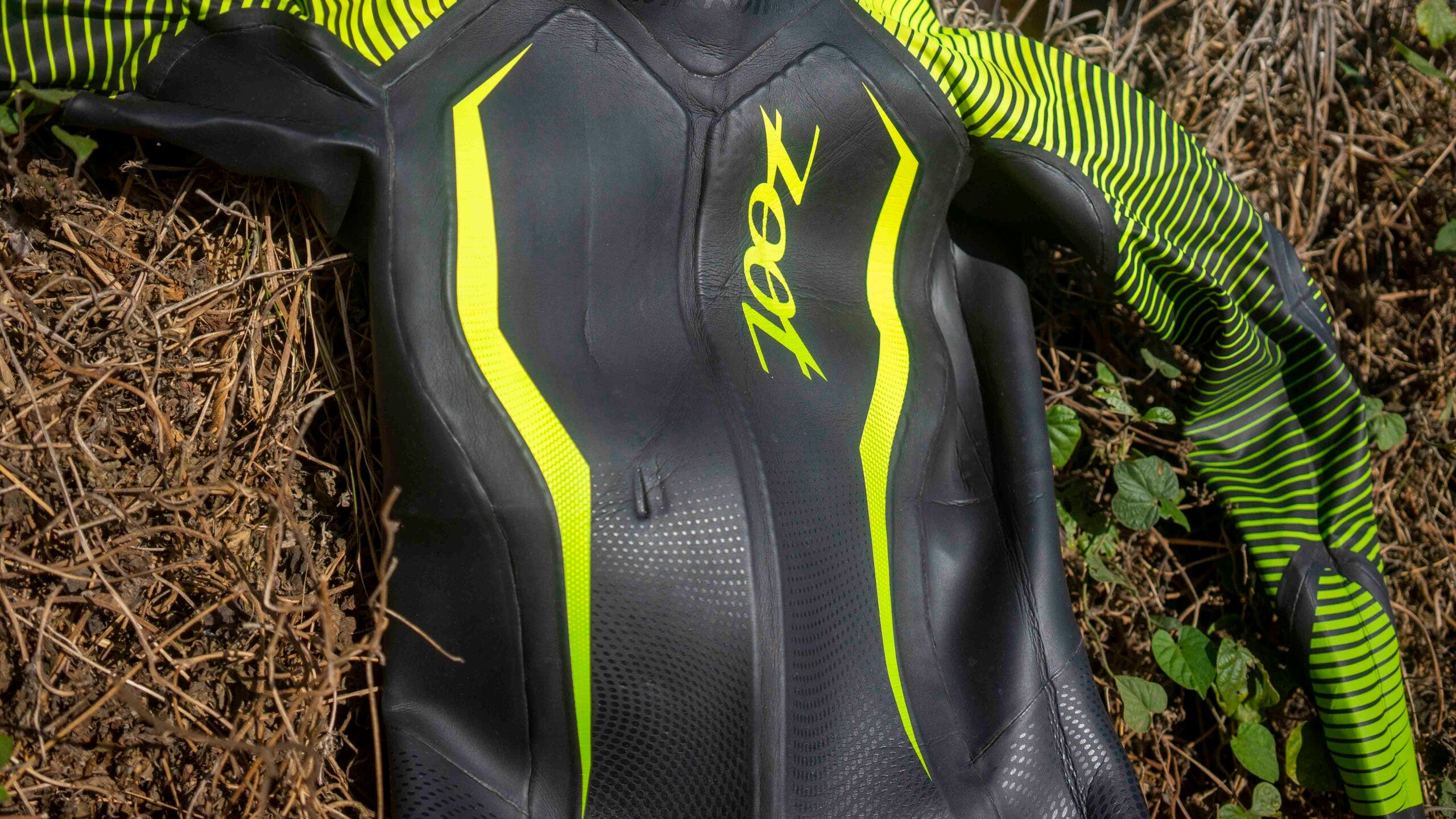
Without getting too into the weeds on the various types and thicknesses of neoprene on this suit, the highlights include 5mm Aerodome on the chest (for buoyancy without added weight), 2mm on the back (with an excellently shaped back neck panel for comfort), 2mm on the ankle (for quick exit), and the absolute highlight of the suit, .3mm neoprene on the shoulders (which feels more like paper than neoprene, but we’ll get to that below). The suit also boasts a new “Waterwing” catch panel that’s said to create turbulence in the stroke phase.
Zoot Wiki Wiki 2.0: What We Liked
Taken in pieces, it’s tough to properly analyze the way a wetsuit feels by simply looking at the specs alone. The Wiki Wiki 2.0 wouldn’t be the first high-end wetsuit to have lots of cool bells and whistles, boasting features with cool names and textures. Sometimes they add up to a great suit that also happens to cost a lot of money, and sometimes they just add up to a suit that costs a lot of money. The best thing about the latest version of the Wiki Wiki (which was already a very good suit, by the way) is that this suit is a good sum of all of its parts. When put together, this is a suit that feels great in the water, even if you didn’t know about all of the different types of tech that went into it. Sometimes you read the feature list and think, “This had better be good,” and sometimes you read the feature list and think, “Oh, that’s why this is so good.” It’s a subtle difference.
And yet if you had to pull one big takeaway out of the Wiki Wiki 2.0, it’s the flexibility in the shoulders that literally crushes everything else in this price range. The only suit that is on the same level in terms of flexibility on the market is the aforementioned Deboer Fjord that still, confoundingly, costs TWICE as much as this already not-cheap suit. The secret to that flexibility lies in the .3mm FLEXskin Yamamoto MarkIII rubber that’s even thinner than the original Wiki Wiki’s .5mm neoprene. To paint a more accurate picture: The arms and shoulders feel like a swimskin material without any of the chafing, some warmth, and some texture.
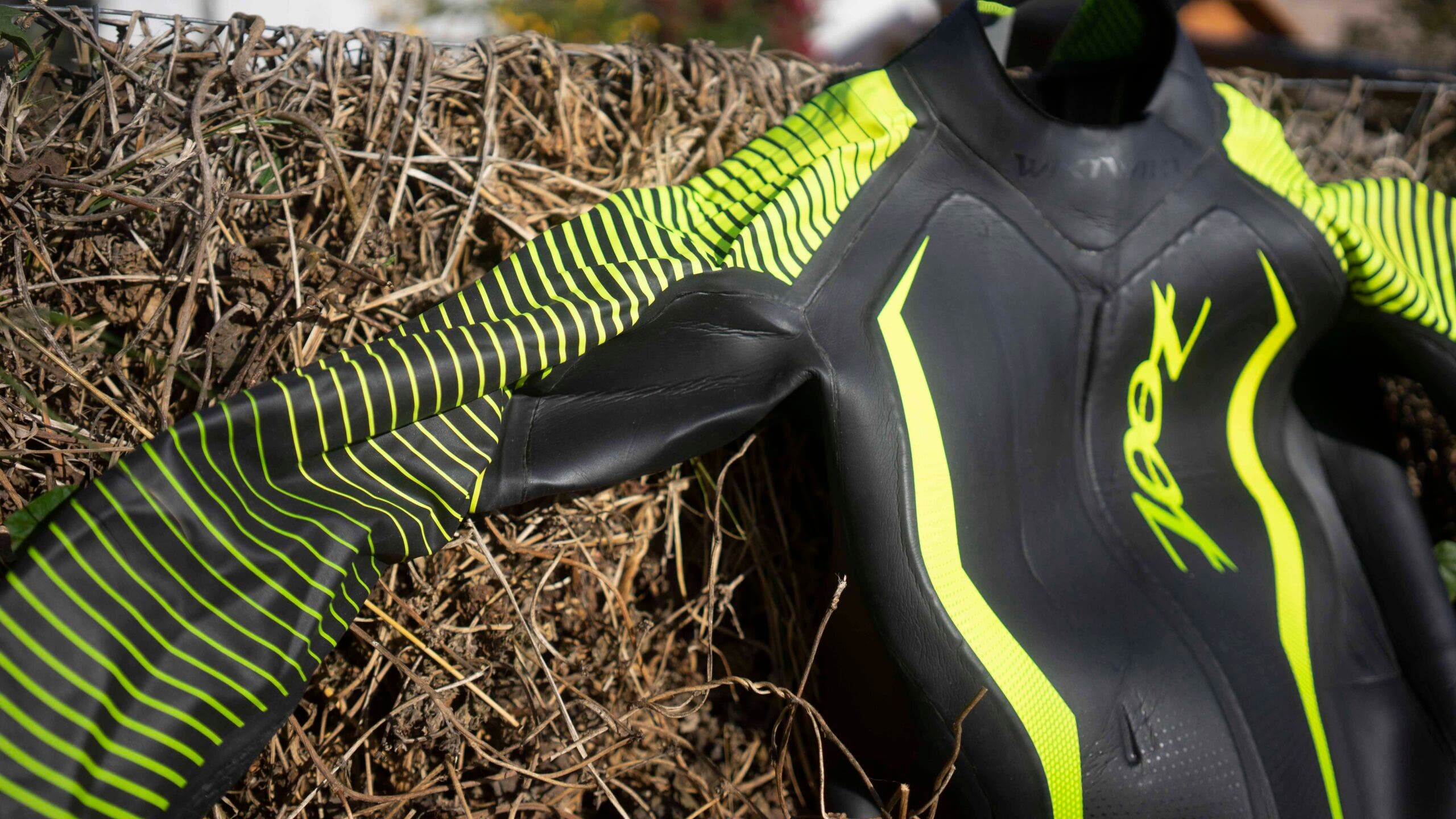
Elsewhere the suit is super well-balanced, with surprising durability that’ll probably earn you a few years of use—as opposed to most suits in this range that have a lifespan of one or two years. The neck, too, is a triumph in fit and comfort, as Zoot has finally done triathletes a solid by raising the neckline and using crazy soft neoprene to help either reduce or spread out any potential chafing. This is a suit that has “long-course salt-water” swim written all over it.
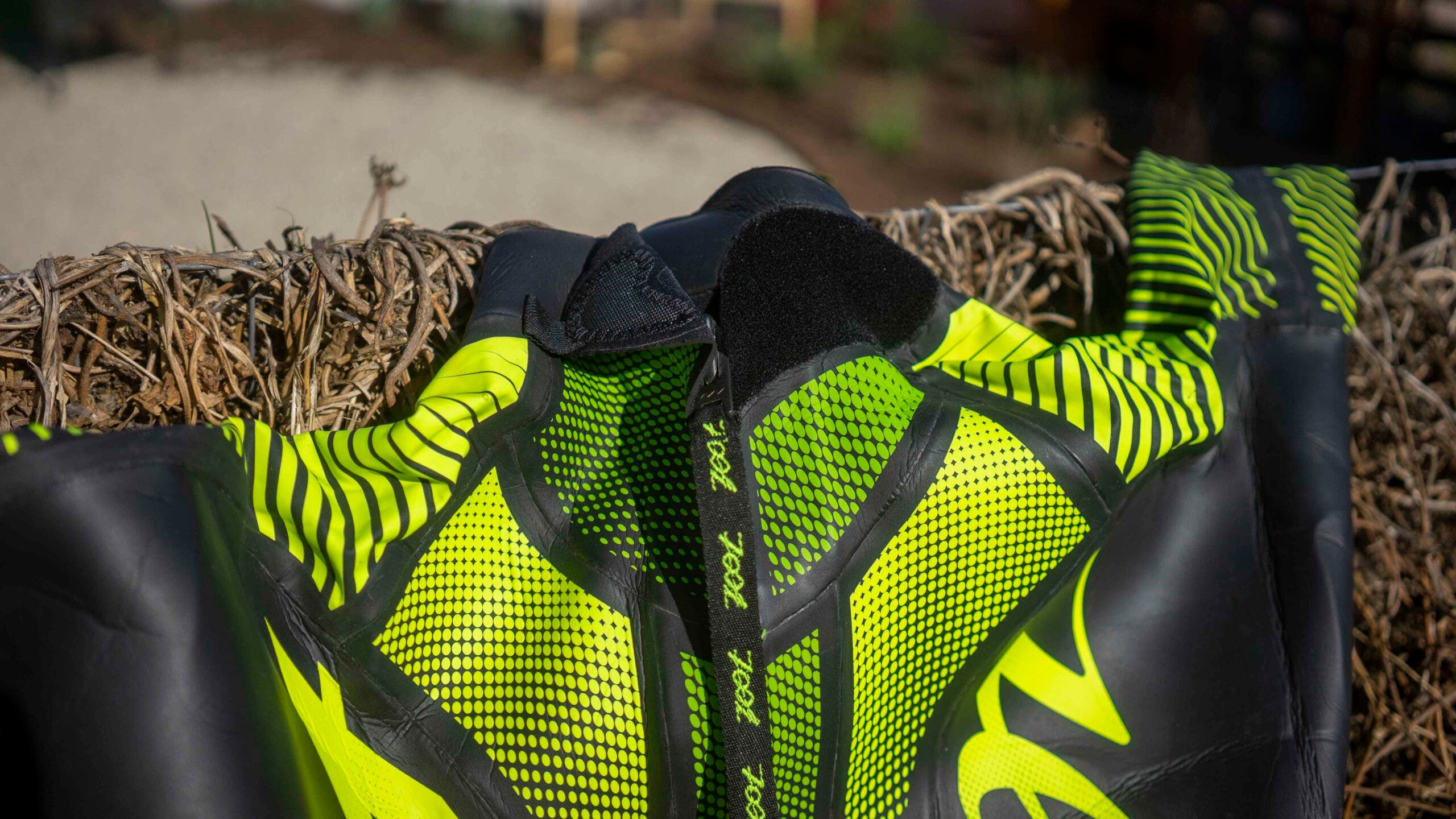
Zoot Wiki Wiki 2.0: What Could Have Been Better
It’s typically tough to find a lot of issues with a wetsuit in the over-$600 range. Most often it’s a case of poor durability (which isn’t necessarily true here), a suit that’s too cold (we didn’t find that either), or a suit that works best for a certain type of swimmer, but not for all. In the case of the Wiki Wiki 2.0, we found a little bit of the latter. Whie one could argue that an $800 wetsuit isn’t made for beginner swimmers who need a lot of floatation, you could also argue that plenty of experienced triathletes (or those willing to invest a lot of money in hopes of an age-group podium or Kona slot, for instance) still need help with their body positioning. Roka’s Maverick X2 works on positioning with some very novel KT-Tapelike structure across the torso and other brands do their part with heavy floatation in key areas. Of course you can’t have everything, but here, we didn’t find the Wiki Wiki 2.0 to have a ton of structure or a ton of floatation. This is a suit built for flexibility above all else.
This isn’t to say that the Wiki Wiki 2.0 was substantially less buoyant than other suits in this price range—most of the high-end suits are similarly targeting those who don’t need an added lift—but for something that does almost everything perfectly, the lack of floatation or position aid was notable. It’s hard when you do (almost everything) so well.
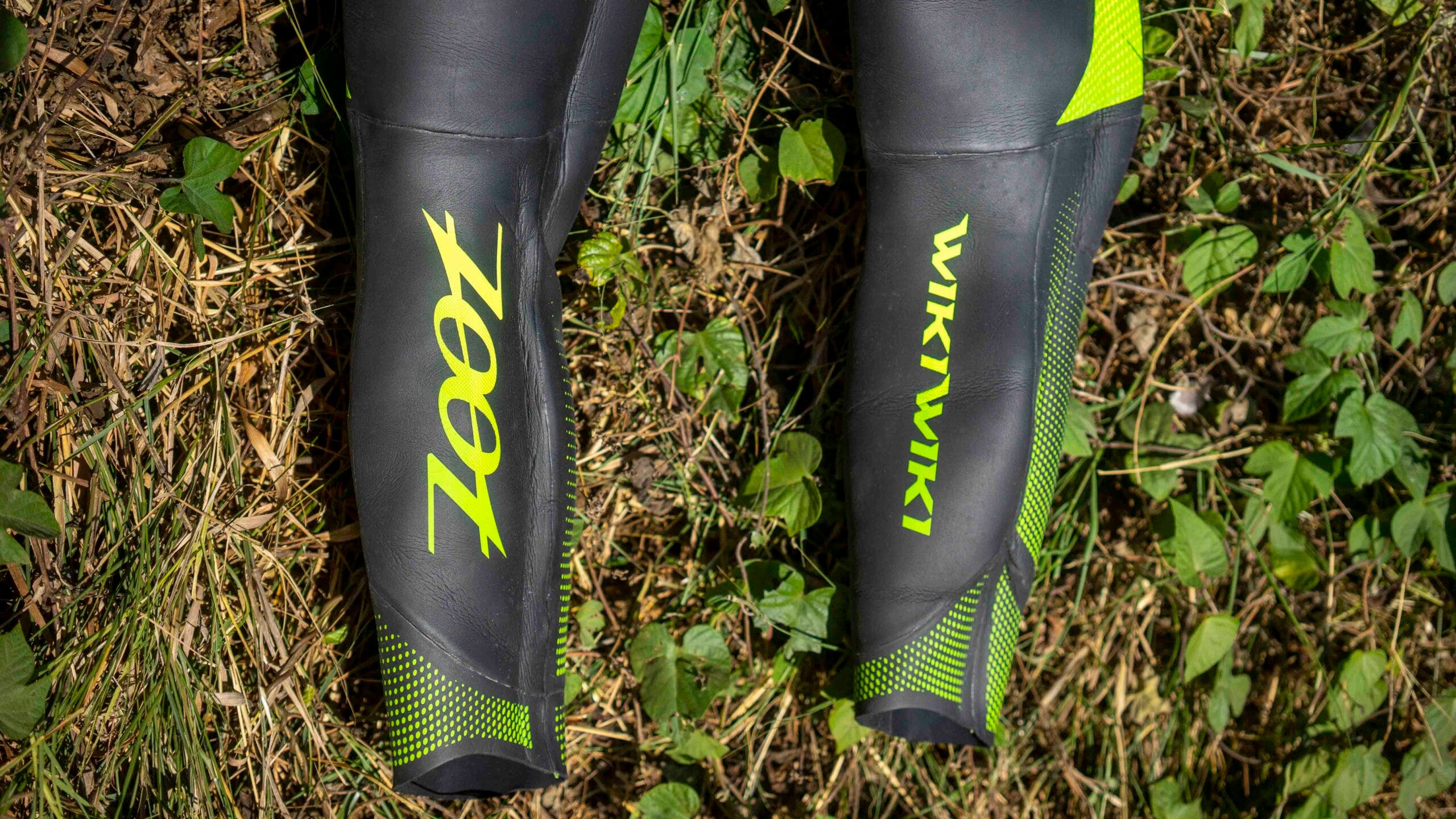
Conclusions
This is a fantastic wetsuit. This is a wetsuit that quickly feels different than other suits in this category. In pure flexibility, durability, and comfort alone, the Wiki Wiki 2.0 stands alone when compared to the last version and in everything else out right now. Sure, there are better wetsuits for swimmers who snake from side to side (the Maverick X2) or need an absolute stack of floatation (the Orca 3.8), but neither of those suits are in the ballpark when it comes to restriction-free shoulders and arms. As we mentioned before, the ultra-expensive Deboer is the only suit with similar features, and in our previous tests, durability was a huge question mark—something Zoot has figured out in this suit.

There’s a reason this suit was named one of our best of 2021—it’s because it has features, function, and a form that stands alone with the current crop of tri wetsuits. From the comfortable liner, to the updated and upgraded rear neckline, to the paper-thin neoprene in the shoulders and arms that we can’t stop raving about. While the price isn’t anything to laugh at, it’s a price that at least feels justified.